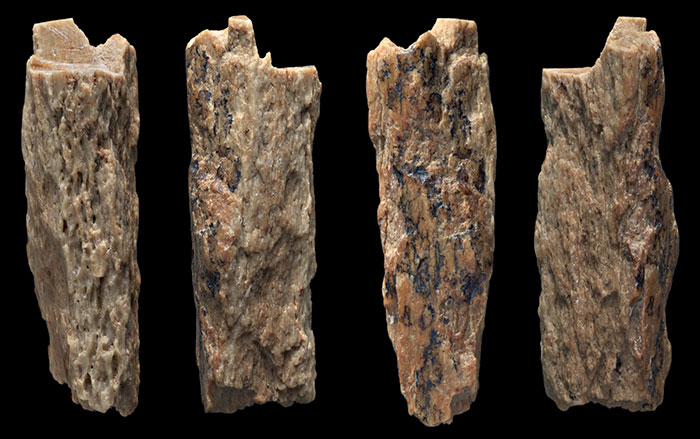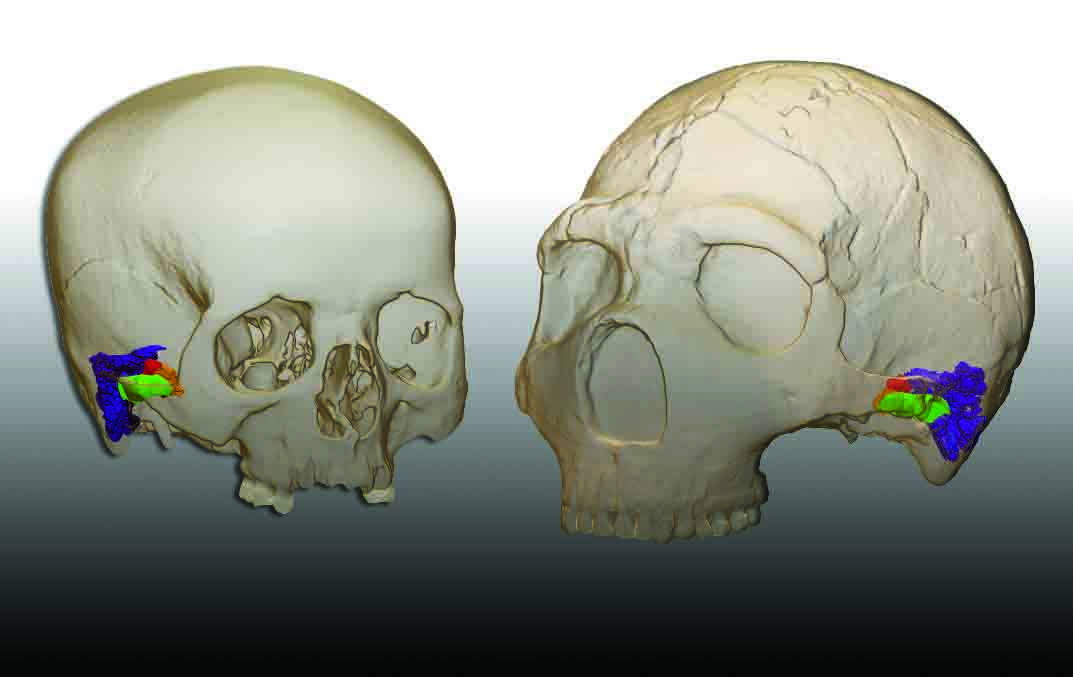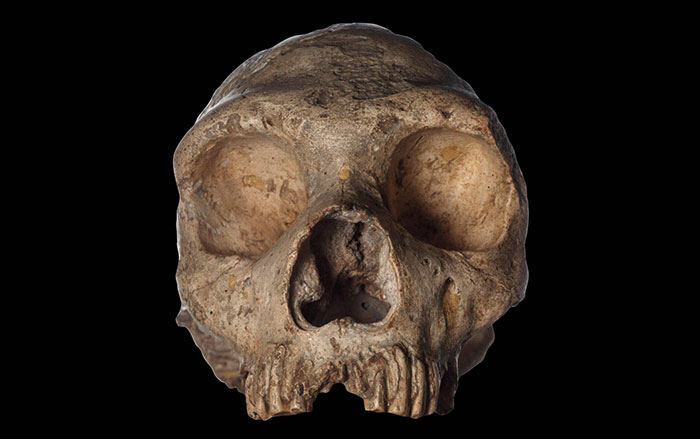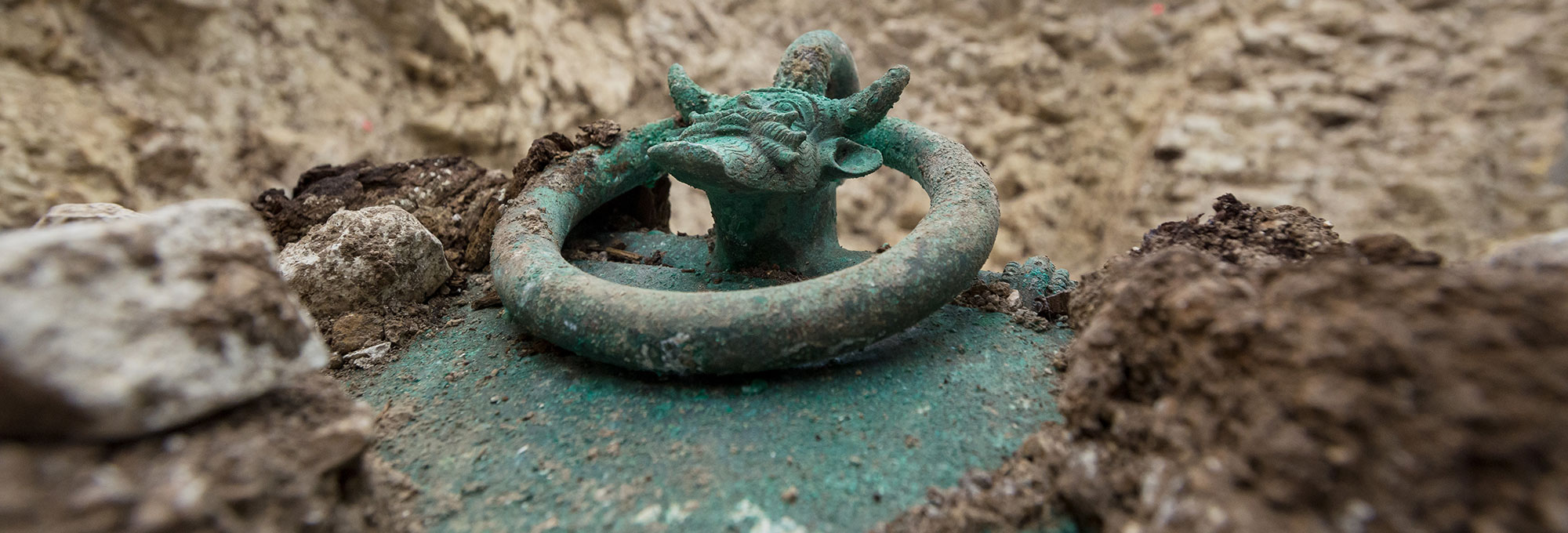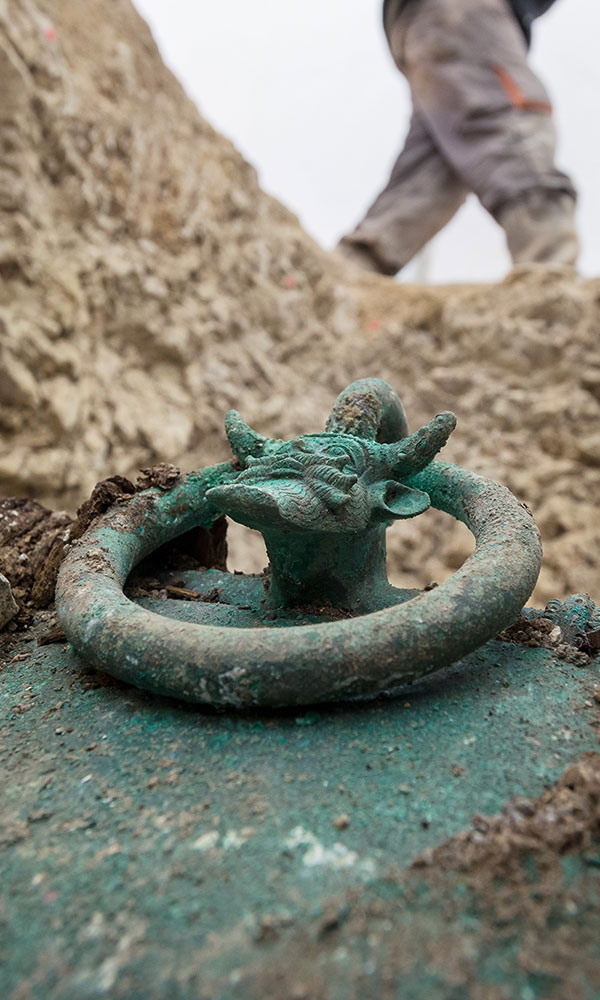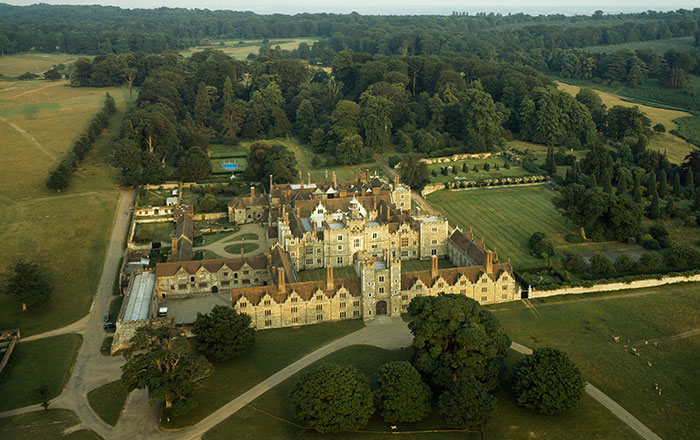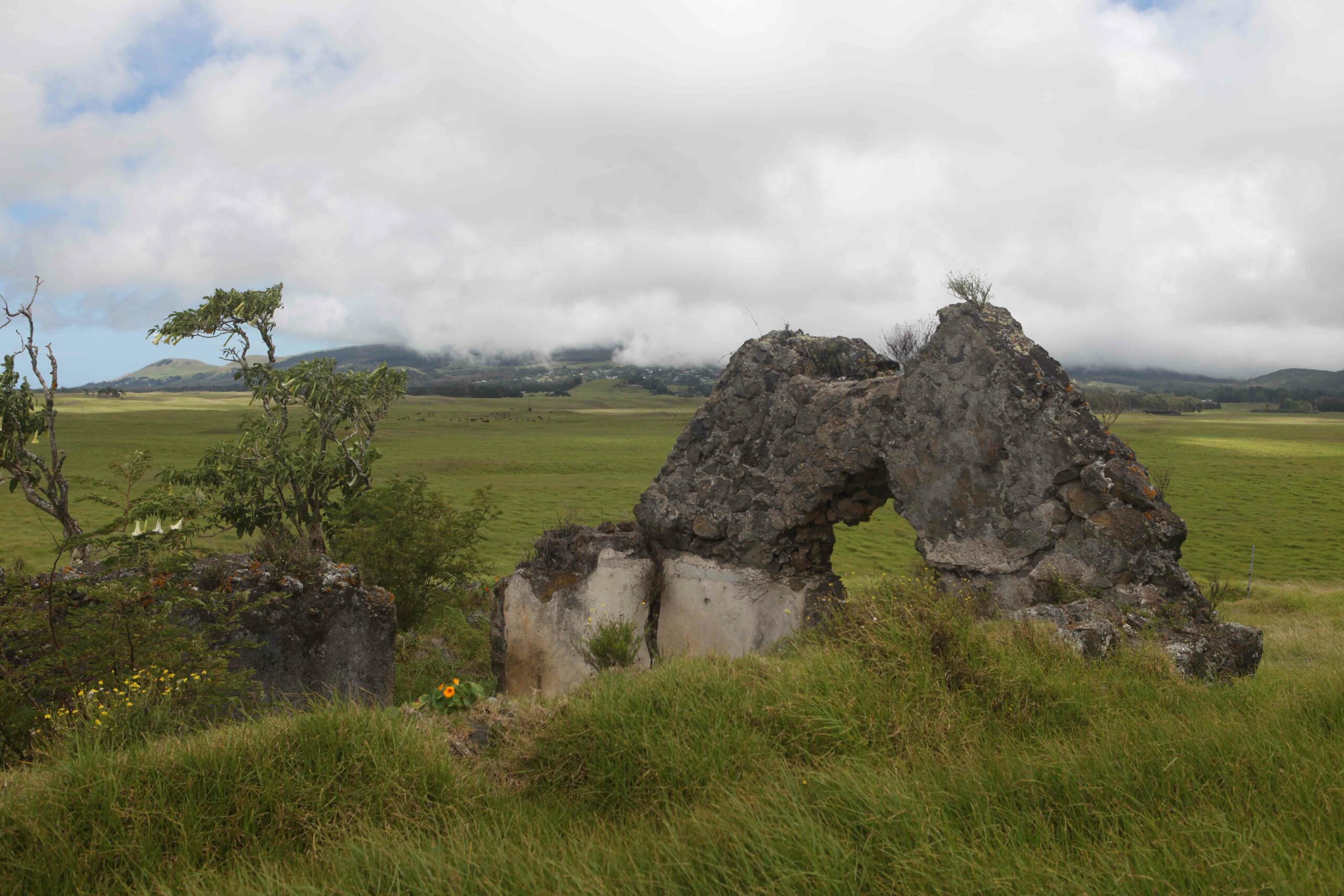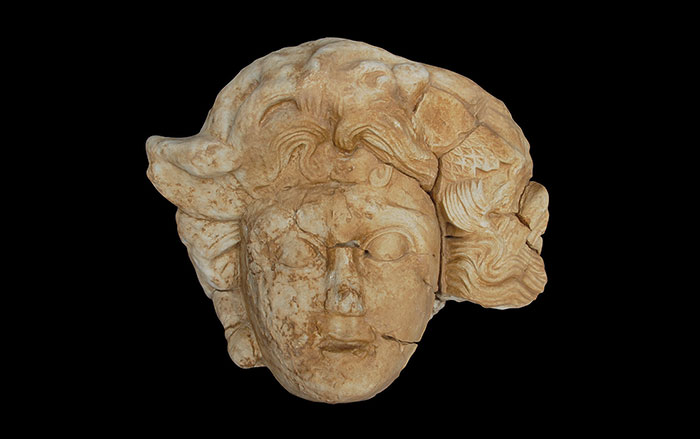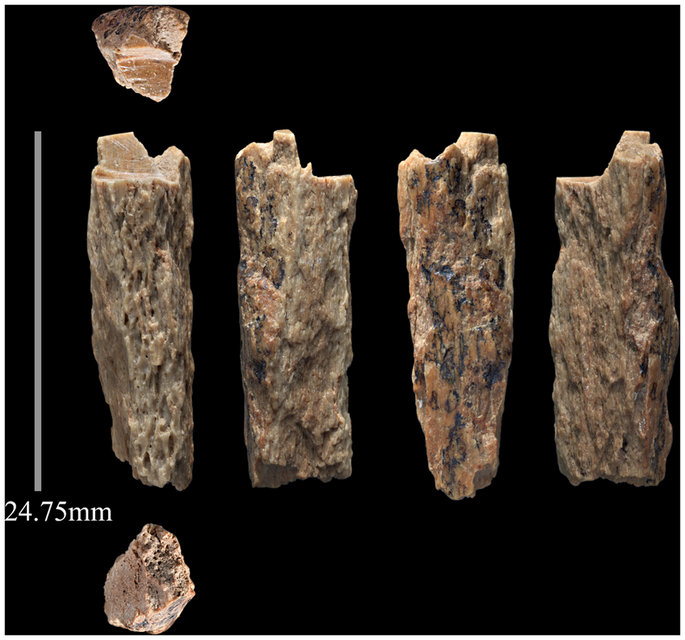
OXFORD, ENGLAND—Scientists from the University of Oxford and the University of Manchester have used a new technique, “Zooarchaeology by Mass Spectrometry,” or ZooMS, to identify more than 2,000 bone fragments recovered from Russia’s Denisova Cave. ZooMS analyzes the collagen peptide sequences in bone, which can then be used to identify its species. Among the remains of mammoths, woolly rhino, wolf, and reindeer, the researchers found one Neanderthal bone. “When the ZooMS results showed that there was a human fingerprint among the bones I was extremely excited. …The bone itself is not exceptional in any way and would otherwise be missed by anyone looking for possible human bones amongst the dozens of fragments we have from the site,” Sam Brown of the University of Oxford said in a press release. Svante Pääbo and his team at the Max Planck Institute then examined the mitochondrial genome of the bone to identify it as Neanderthal. Radiocarbon dating of the bone revealed it is more than 50,000 years old. Acid etching on its surface suggests that it passed through the stomach of a hyena before landing in the cave’s sediments. For more on our extinct cousins, go to "Should We Clone Neanderthals?"


